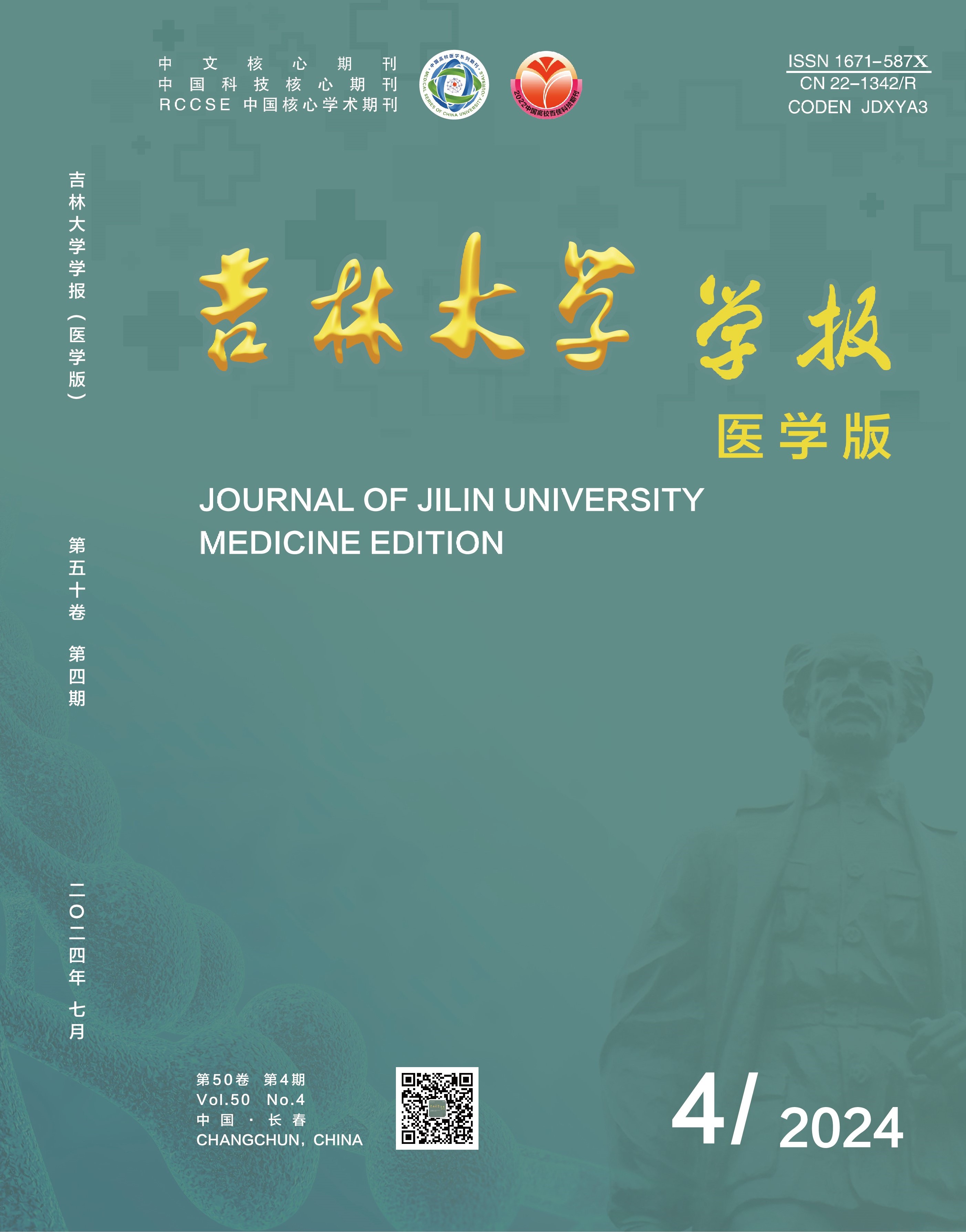
WeChat: JLDXXBYXB
Follow our WeChat account to check the status of submitted articlesand learn more about latest academic achievements.
 Abstract
Abstract-
All original articles in various sections of this journal are required to include both Chinese and English abstracts. Both Chinese and English abstracts should adopt the style of 'informative abstract' and be written in a 'structured abstract' format, comprising four sections: 'Objective,' 'Methods,' 'Results,' and 'Conclusion.' For review articles, the abstract should be written in a 'descriptive-indicative' style without adhering strictly to the structured format.
Requirements for Writing Abstracts:
1. Exclude content that is already common knowledge in the field. Avoid including introductory material in the abstract. Do not interpret or comment on the paper's content, especially refrain from self-evaluation.
2. Ensure a rigorous structure, using standardized terminology, concise language, and clear expression. Organize the content in a logical order. Favor simple sentence structures and be cautious with long sentences. The abstract should not be segmented into paragraphs.
3. Use the third person throughout the abstract, avoiding phrases like 'this paper,' 'the article,' 'the author(s),' 'we,' etc.
4. Utilize standardized nouns and avoid non-publicly recognized symbols and terms. When first introducing a term, provide its full Chinese name (full English name and acronym), and subsequently, use the acronym only. For new terms or those without suitable Chinese equivalents, use the original term or translate it with the original term in parentheses.
5. Generally, avoid mathematical formulas, chemical structures, illustrations, and tables unless absolutely necessary and unavoidable.
6. Do not include citations unless the literature cited confirms or refutes previously published works.
7. When abbreviations, acronyms, or codes are used, provide their full meanings the first time they appear, except when they are clearly understandable to readers in adjacent fields.
8. The English abstract should correspond to the Chinese abstract, adhering to international retrieval system requirements. Use past tense when describing the author's work (objective, methods, and results) and present tense when stating conclusions.
Notes on Writing Abstracts:
Objective: Avoid mere repetition or partial repetition of the title. Be more specific, e.g., “To explore (observe, investigate)…, and clarify…”
Methods: Clearly outline each element in the order of 'materials used (research subjects) and sample size → grouping method → treatment factors → detection (survey) methods → observation indicators.' The source of research subjects and equipment used need not be specified.
Results: For qualitative indicators, state the specific outcomes, such as positive (negative) rates. For quantitative indicators, describe specific changes in observation indicators (comparing with which group, increase or decrease in indicators) and significance test results (provide P-values). Morphological results should describe the main characteristic manifestations of each group. Avoid phrasing results as '…enhanced or weakened effects (impacts).'
Conclusion: Each conclusion should be relevant to the results and supported by evidence from the results. Avoid repeating results or evaluating your own research findings. Do not over-speculate or draw conclusions without sufficient evidence. If the study is limited, avoid using definitive statements in the conclusion.

 Guide to Authors
Guide to Authors


